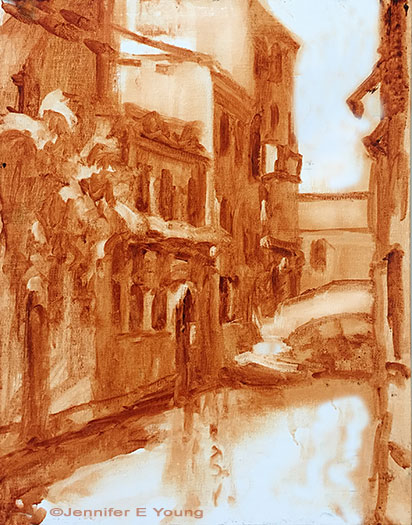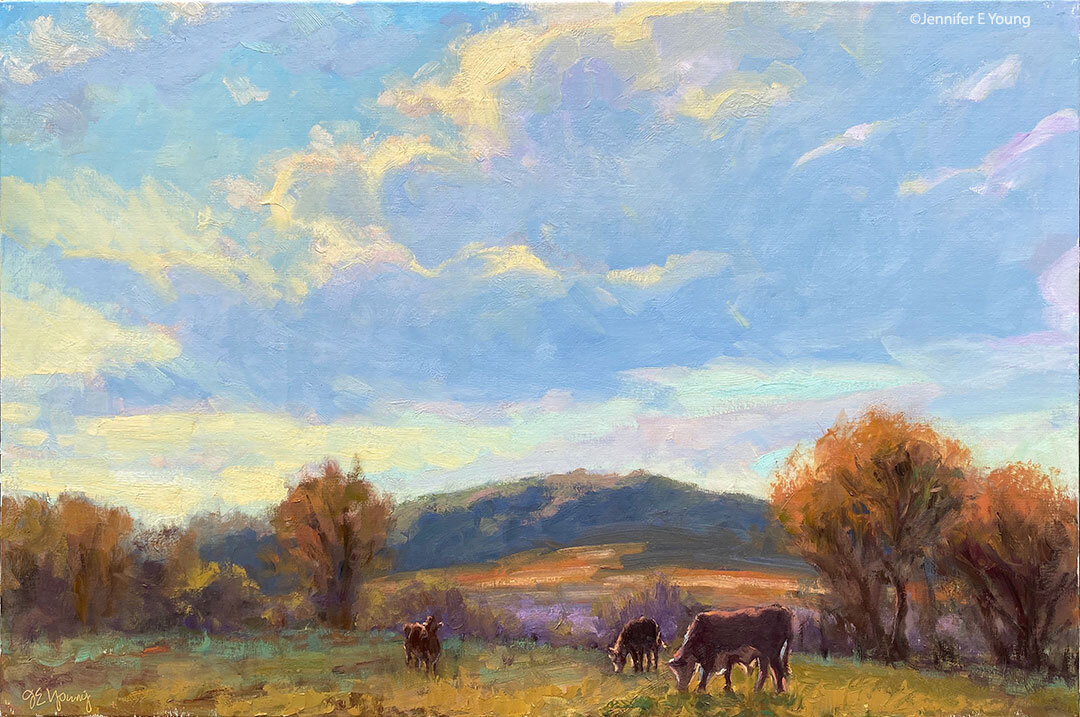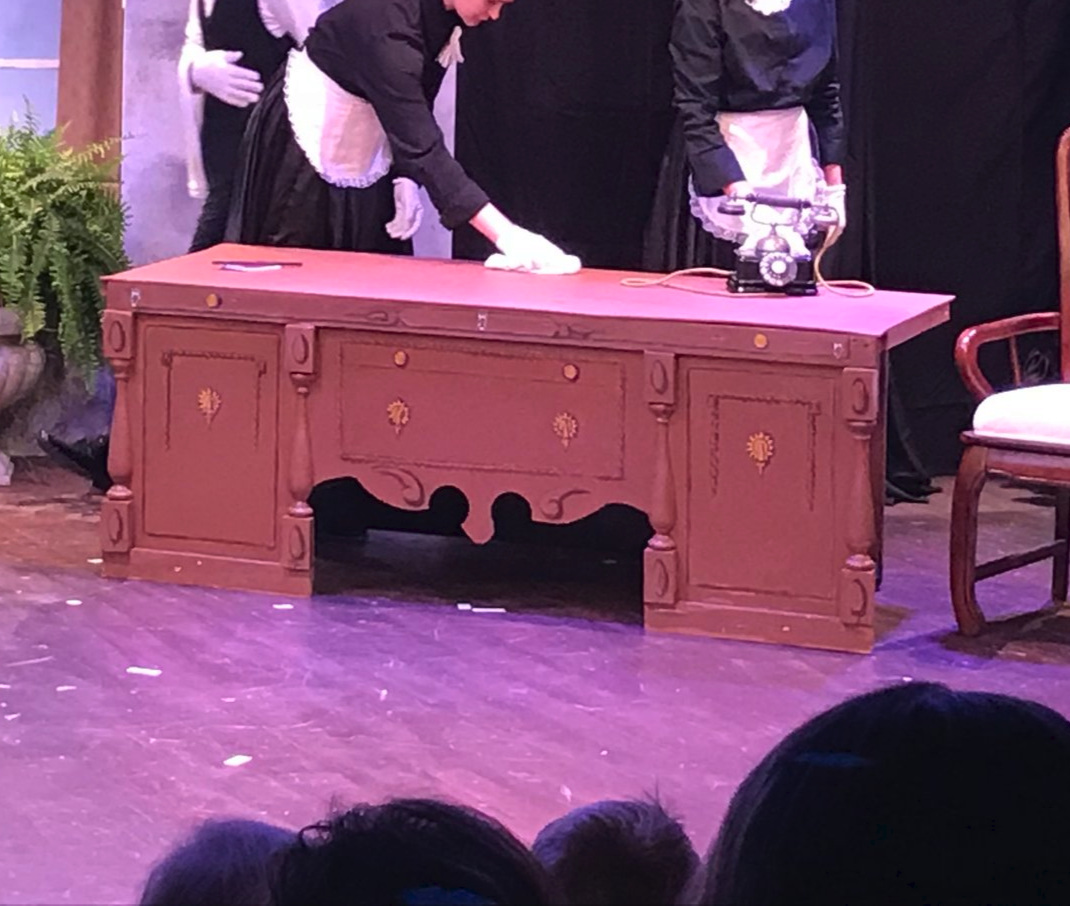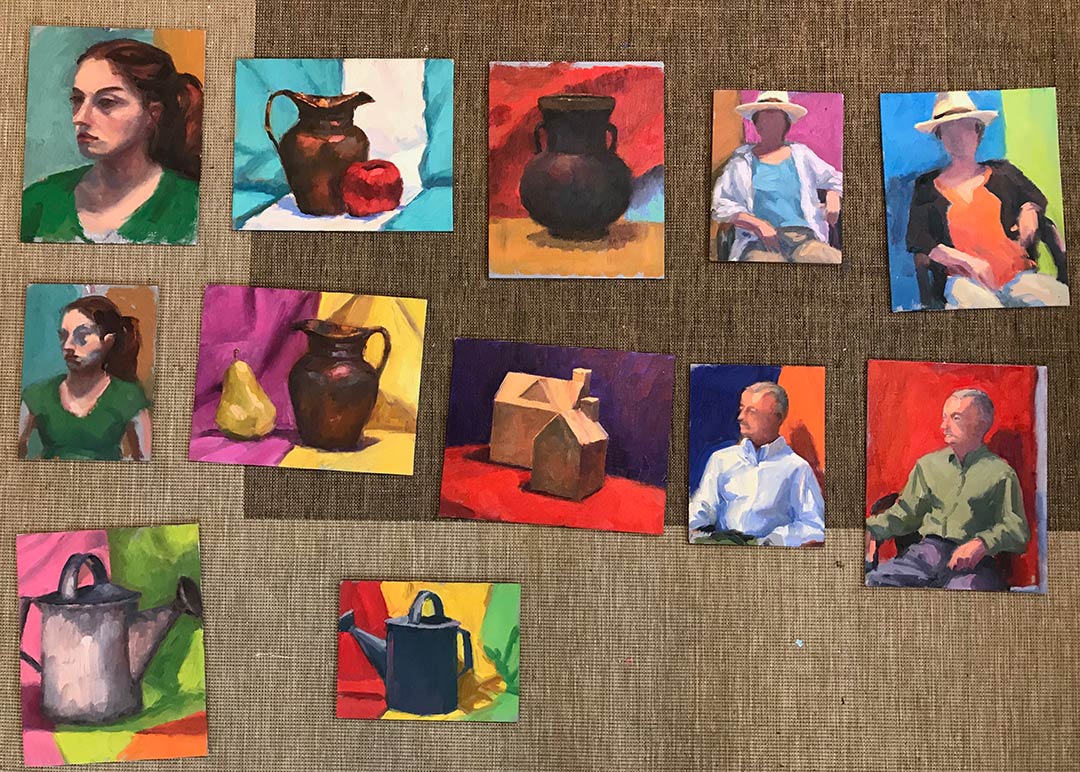Two James River minis before Turkey Day
/Happy Thanksgiving everyone! In a couple of hours I'll be cooking up a storm, but first, I'm sharing two little mini paintings of the James River. "The Rivah" as it's known to many locals, is one of my favorite places to paint, or just to sit and meditate. It reveals different features at different access points as it cuts its path through our fair city and beyond. Sometimes it is completely natural with narrow paths covered by tree roots. At other points it is fairly manicured. In either case there is a sense of the wild and untamed, and her rapids rage in spite of our civilized urban sidewalks and towering facades.
"Lee Bridge", ©Jennifer Young. Oil on board, 6x8" (SOLD)
The above painting features one of the many little "islands" you will find along this urban stretch of the James. In the background the Lee Bridge looms. Suspended below is the pedestrian footbridge that leads from Tredegar street over to Belle Isle. It is a most dramatic walk on a windy day, but the view is unbeatable.
"The Falls at Belle Isle", ©Jennifer Young. Oil on board, 6x8" $395.00 (framed)
This view is the reward that awaits after traversing the suspended footbridge. From my safe perch on the bank of rocks, I often enjoy watching the kayakers making their way across the rapids, as well as many waterfowl, including blue herons. You'd never know that you were right in the middle of a mid-sized city. It is one of the truly great things about living in the Richmond area, and on the eve of Thanksgiving, in addition, to family, friends, and good food, I am feeling grateful to live here.





















